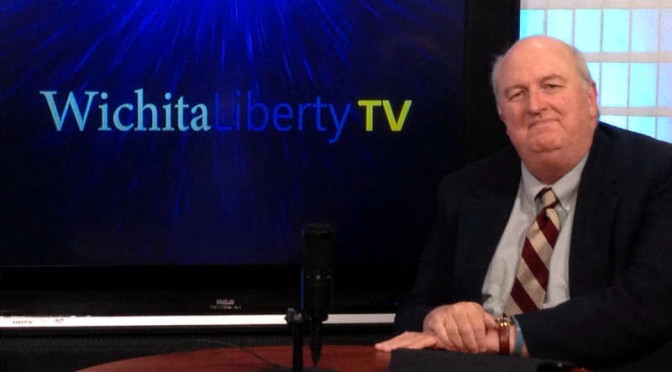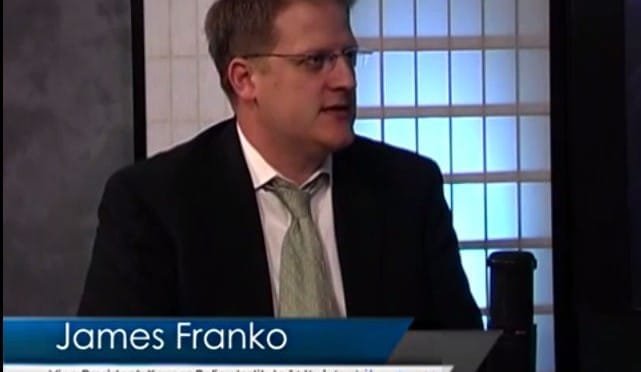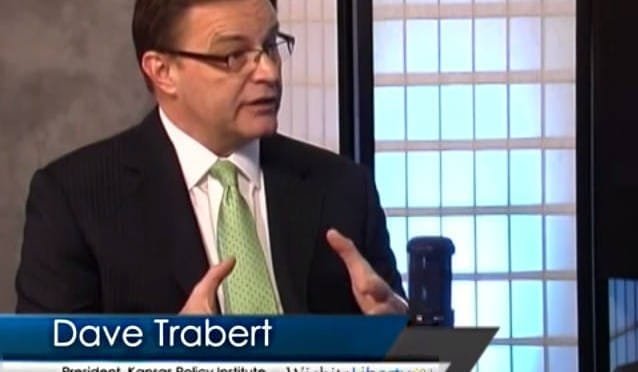Tag: Kansas Policy Institute
-
Kansas state aid to schools is increasing
The top school finance official in Kansas says that says that state aid for schools has risen for the current year.
-

In Kansas, a lost legislative opportunity
Leaders in the Kansas legislature and executive branch tell us the only way to balance the Kansas budget this year is by raising more revenue through taxation. That may be true, as reforming spending and budgeting takes time to accomplish. We had the time. But our legislature and executive branch squandered that opportunity. Now, they…
-

Wichita economic development, the need for reform
An incentives deal for a Wichita company illustrates a capacity problem and the need for reform.
-

Efficiency has not come to Kansas government
Kansas state government needs to cut spending, but finds itself in a difficult situation of its own making.
-

Political perspective masquerades as ‘documentary’
A documentary film about the Kansas budget is based on unfactual material. Dave Trabert of Kansas Policy Institute explains.
-

WichitaLiberty.TV: Wichita Eagle reporting, marijuana laws, and the Kansas economy
The Wichita Eagle prints several stories that ought to cause readers to question the reliability of its newsroom. Wichita voters pass a marijuana law that conflicts state law. Performance of the Kansas economy. Finally, some unexplained results in the way people vote.
-
Kansas Center for Economic Growth: Short on facts again
The Kansas Center for Economic Growth’s latest scare tactic on education funding is filled with demonstrably inaccurate data which they use to make false claims about tax reform and the efficacy of education spending, writes David Dorsey of Kansas Policy Institute.
-

WichitaLiberty.TV: Kansas Policy Institute Vice President and Policy Director James Franko
Kansas Policy Institute has produced a study of the effect of state and local regulation on business. James Franko of KPI discusses.
-

Study on state and local regulation released
This week Kansas Policy Institute released a study of regulation and its impact at the state and local level. This is different from most investigations of regulation, as most focus on federal regulations.
-
Downtown Wichita deal shows some of the problems with the Wichita economy
In this script from a recent episode of WichitaLiberty.TV: A look at the Wichita city council’s action regarding a downtown Wichita development project and how it is harmful to Wichita taxpayers and the economy.
-

School employment data shows gaps in reporting and wide variations among districts
Kansas school districts vary widely in employment ratios, and that’s not counting the unreported employees, writes David Dorsey of Kansas Policy Institute.
-

WichitaLiberty.TV: Kansas Policy Institute President Dave Trabert
In this episode of WichitaLiberty.TV: Dave Trabert of Kansas Policy Institute explains the block grants for Kansas school funding. Also: What did the school efficiency commission learn?